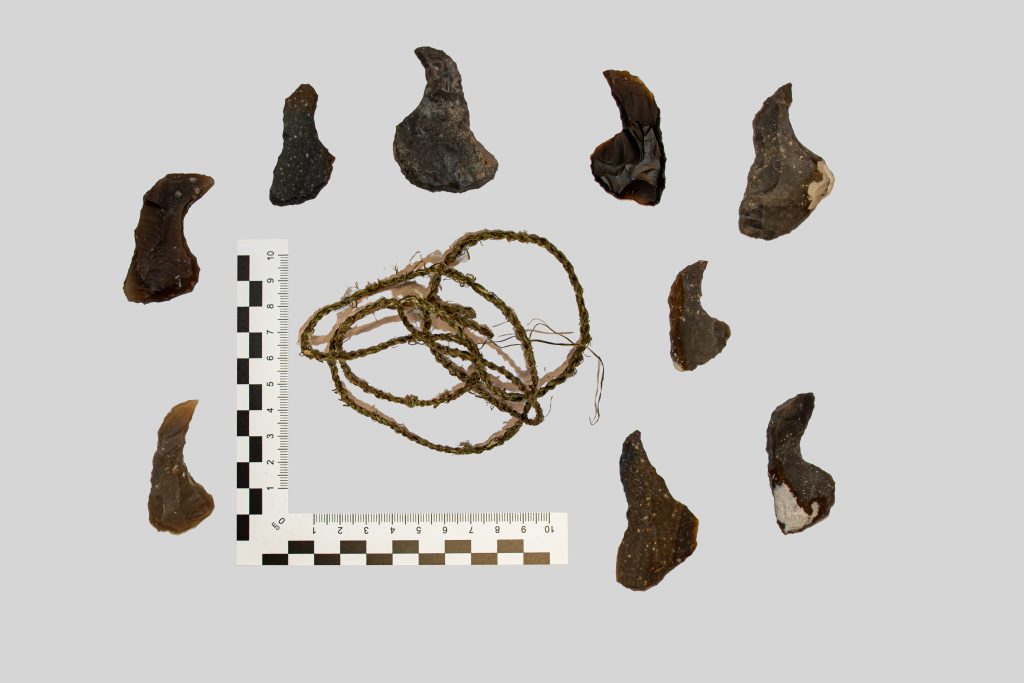
About the Project
At the end of the Upper Palaeolithic, Magdalenian culture hunters and gatherers inhabited the broad expanses of western and central Europe (17-12 kyr BC), from the Iberian Peninsula up to the south of today’s Poland. They created a wonderful culture of everyday as well as exquisite forms of symbolic culture in the form of ornaments, burials, musical instruments and use of pigments. Magdalenian art is particularly well known for its unique features – including rock art – paintings, petroglyphs and reliefs – and an incredible wealth of portable art forms: ornamented tools and objects made from bone and antlers, small zoo- and anthropomorphic figurines from various materials, and incised stone plates. While rock art was limited to western Europe, mobile artefacts are found at all Magdalenian culture settlement centres, including those in the south of Poland.
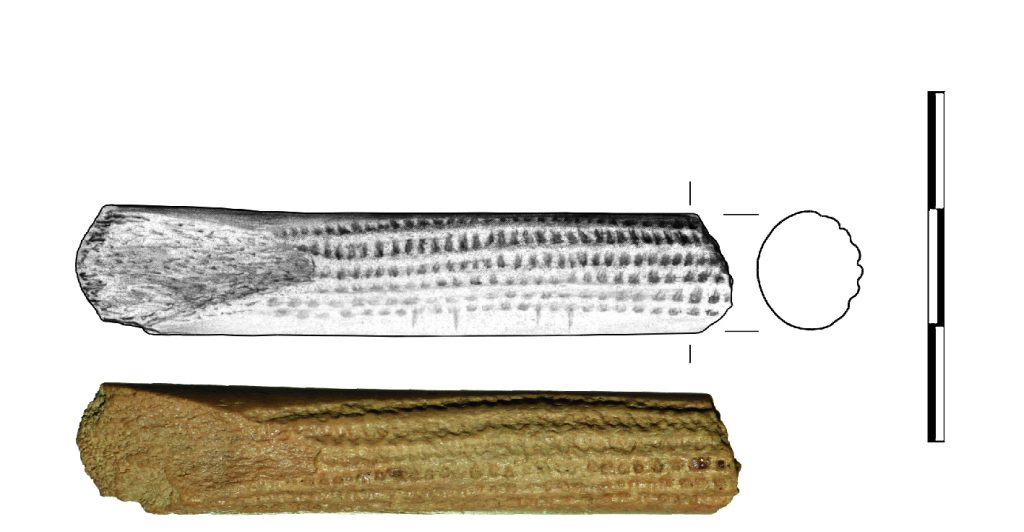
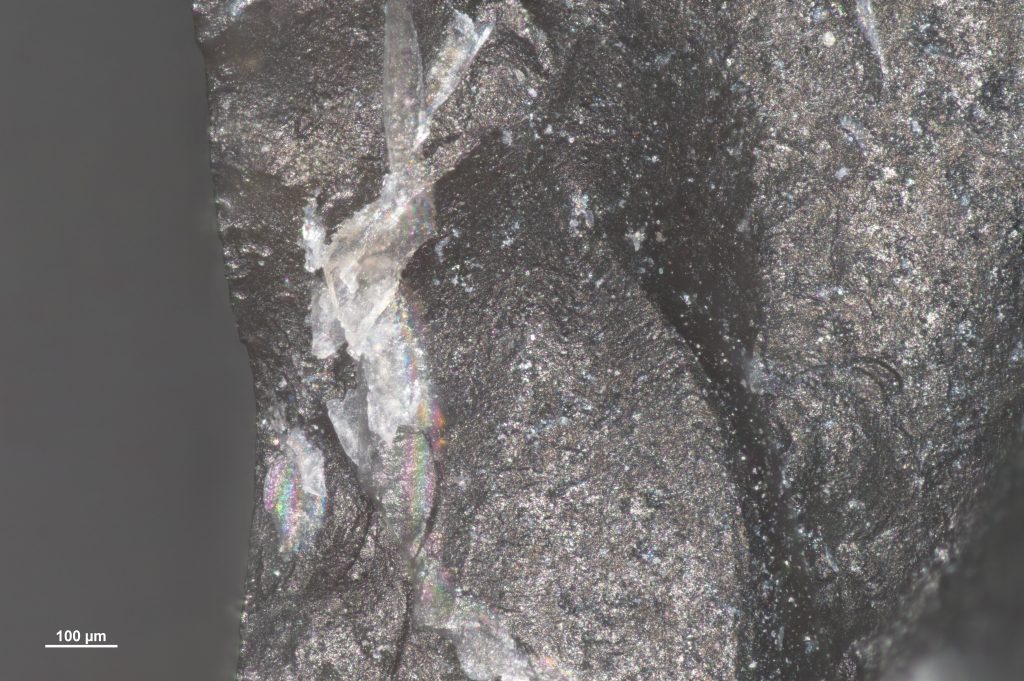
Magdalenian art finds from south Poland consist of decorated items made from bone, antler and stone, as well as anthropomorphic figurines from various materials – stone and bone. This corpus numbers some 130 artefacts from two different settlement periods – from the middle and late stages of the Magdalenian culture. To date these artefacts had undergone preliminary research in terms of art form and manner of make, mostly using traditional macroscopic analysis. Hence the comprehension of this art is unsatisfactory, with descriptions basing upon aesthetical aspects and the artefacts’ analogies in other areas of Magdalenian culture. Yet the manner of development of these items and their use were deeply linked with social transformations occurring inside those communities.
An effective manner of analysing the relations between art and various social phenomena is the biographical method, which allows us to examine ancient art from the perspective of its role inside society. With this method all relevant artefacts will be studied from the point of selection of material for their crafting, through their making, decoration, repairs, use, up to the point when they were discarded. This approach connects objects’ form, ornamentation, and marks on their surface with various events in the community’s life. Thus this approach not only reveals socially acceptable manners of making engraved ornament and figurative depictions, but also points out how art objects functioned in the life of Magdalenian hunters and gatherers.
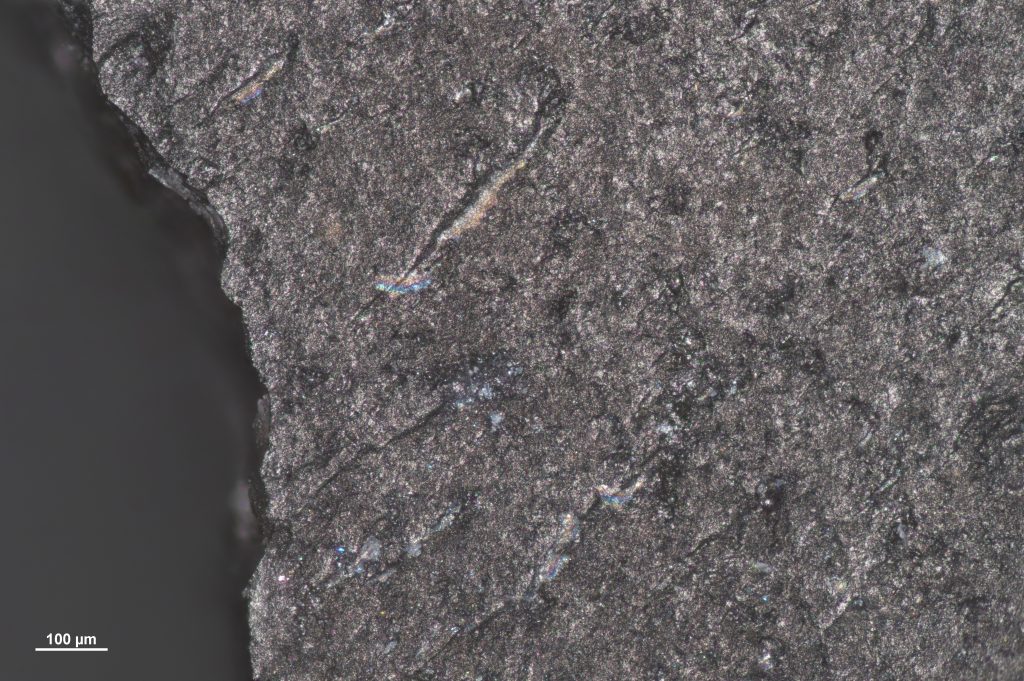

In the analysis of artefacts we will use all sorts of high tech microscopes, the tomographic analyses, together with qualitative analysis of metric features of ornamentation and figurative depictions, as well as analysis of residues found on the artefacts’ surface. Artefact analysis will be accompanied by experimental studies, where we will replicate how the artefacts, their ornamentation and traces of usewear were made. These experimental studies will also serve as pilot for use of Artificial Intelligence (AI) algorithms. The objective of the latter task is to find the answer to the question of how the ornament was made – was it a one-off job done by a single person, or was it an extended process of crafting, be it by a single person or several crafters.
In the second stage of the project we will carry out a synthesis of the wealth of analytical data and perform comparative studies with artefacts from other regions. The project will conclude with social interpretation of art objects, grounded upon analysis of their archaeological context, analysis of the artefact itself, and data on the social functioning of a given type of artefact in hunter-gatherer societies in light of social anthropology studies. The results will be presented in publications with international readership.
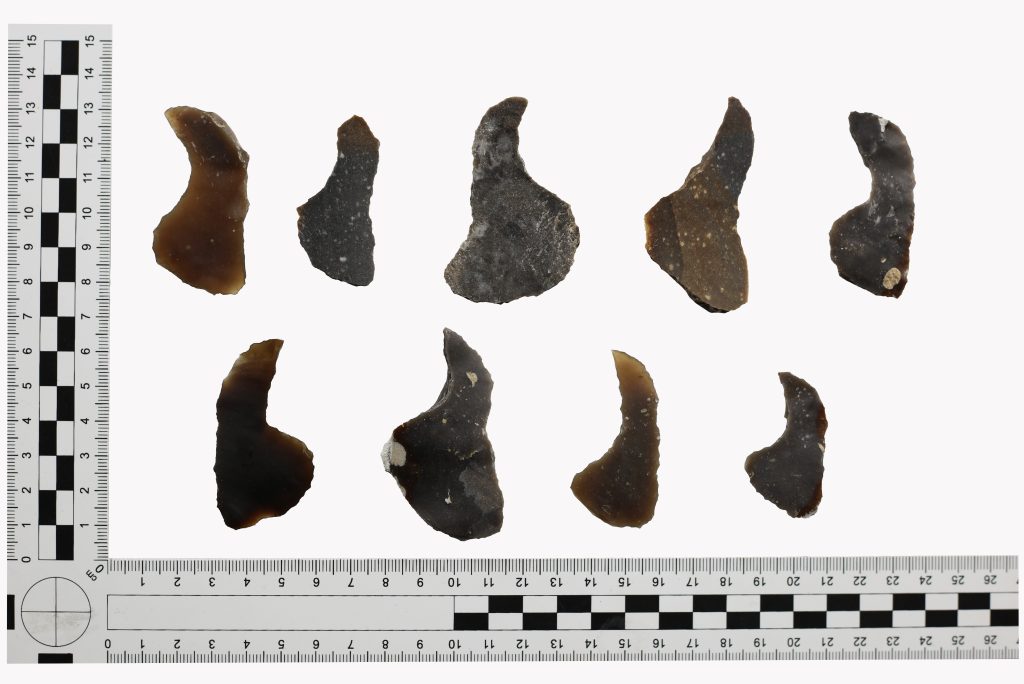
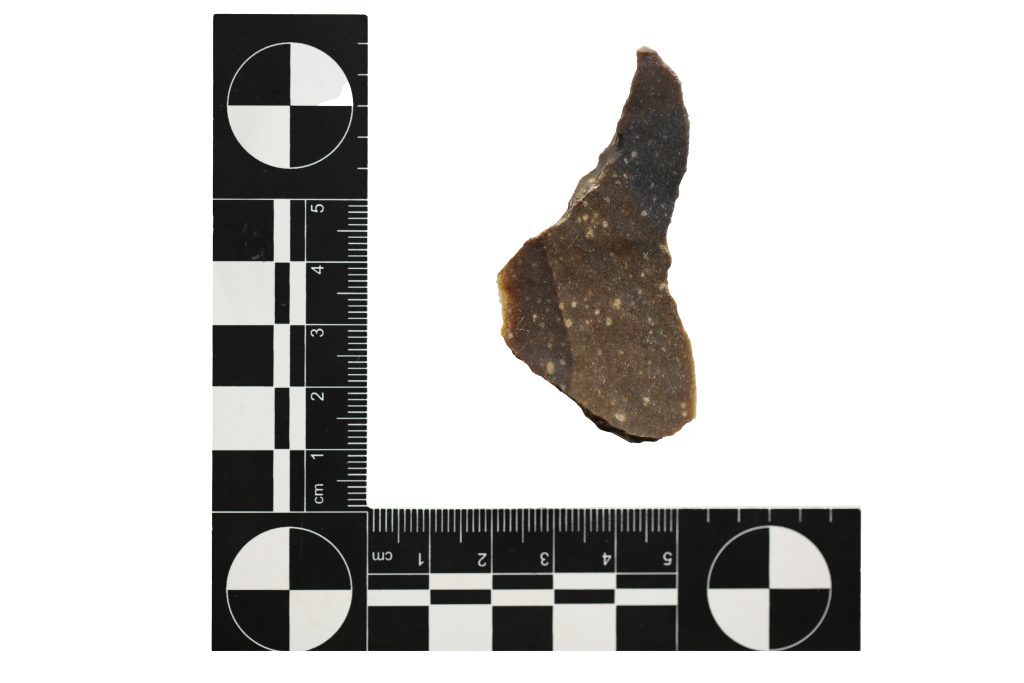
So far such comprehensive studies had been done only for a few prehistoric art objects from all over the world, mostly ornamented objects from the Middle Palaeolithic – very rarely of Magdalenian artefacts. Some of the methods we plan to use (modified version of quantitative analysis) had been developed by our team when working on our previous project, while others – e.g. AI to analyse complicated ornament, we developed when preparing this project. In sum, the execution of this project will involve an innovative – on the scale or the entire field of study – model of analysis and interpretation of art objects using the latest methods. Furthermore, this project will provide a concise set of art artefacts studied with the same methodology – the Magdalenian art objects from southern Poland.
